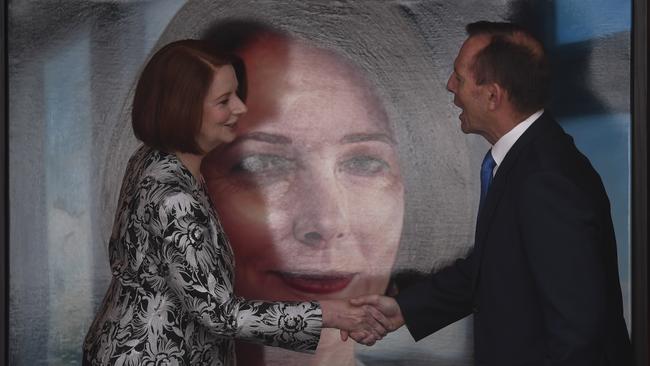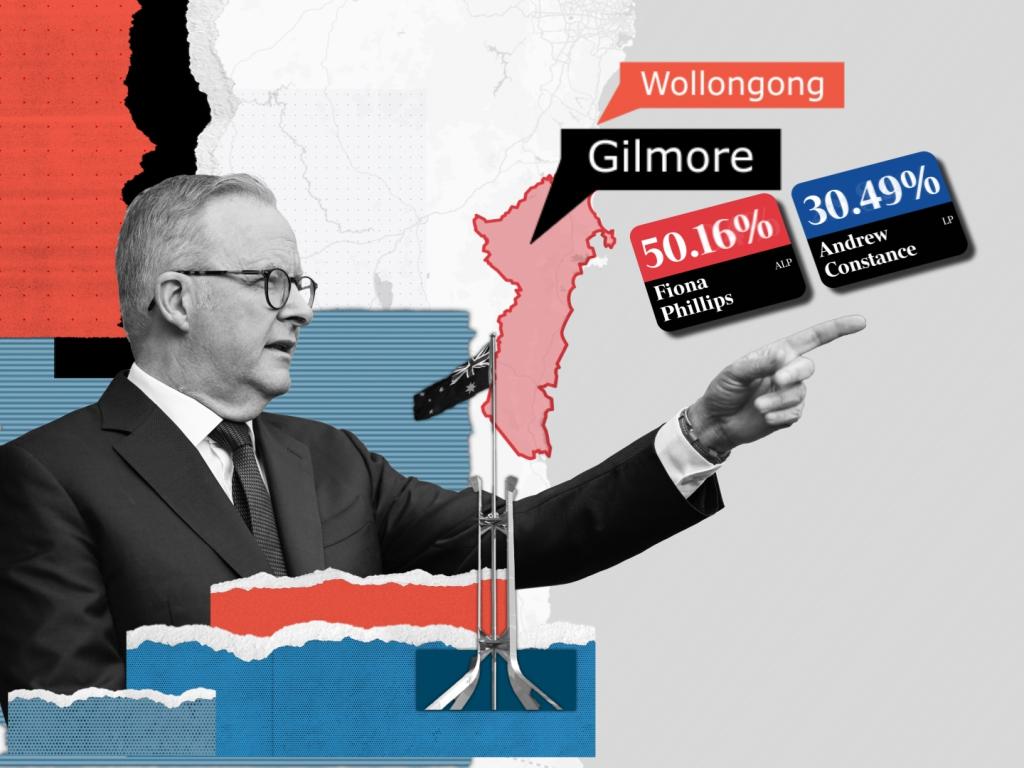Newspoll busts the myth that Labor is the master of campaigns
The notion that the Labor campaign machine is a superior outfit to that of the Liberals and Nationals is false, with Newspoll trends showing Labor going backwards in every campaign in the last seven elections.

Anthony Albanese will have to overcome a historical trend to hold on to majority government at this election, with Labor having effectively lost every campaign contest over the past 20 years at a federal level.
Analysis of Newspoll results dating back to the 2004 election show that Labor has lost ground over the course of the campaign at every one of the past seven elections.
The Prime Minister on Friday claimed that he was confident that he could lead Labor to a majority government victory on May 3.
The statistics challenge the notion that the Labor campaign machine is a superior outfit to that of the Liberals and Nationals, with Newspoll trends showing Labor went backwards from the last poll before the campaign to the election result.
If the average of each of these backward trends during the campaign is applied to this election, Labor would stand to potentially lose up to two percentage points on a two-party-preferred basis.
The Coalition currently leads Labor 51-49 on a two-party-preferred basis, suggesting Labor would have to better the Coalition in the campaign to win.
At every election since Newspoll began doing 2PP calculations across a whole parliamentary term, Labor’s primary vote and 2PP votes have fallen across the course of the campaign.
Remarkably, Labor entered six of the seven campaigns ahead on 2PP but won only three of those elections, surrendering leads in 2004, 2016 and 2019.

Even in Kevin Rudd’s landslide victory in 2007, Labor had a primary vote slump during the campaign, with its election result of 43.3 per cent being 4.7 percentage points lower than it was in the Newspoll before John Howard called the election (48 per cent).
The Coalition, by contrast, improved its primary vote across six of the past seven campaigns, by as much as 5.6 percentage points when Julia Gillard’s Labor was reduced to minority government. But its primary vote went backwards at the 2022 poll, narrowly dropping from 36 per cent before the campaign to 35.7 per cent on election day.
Labor went into the last election with a higher primary vote (37 per cent) than the Coalition’s but finished well below on just 32.5 per cent.
In the 2004 election contest between John Howard and Labor leader Mark Latham, the final poll before the campaign begun had Labor on 40 per cent primary vote. It ended up with a primary vote of 37.6 per cent. On 2PP, the penultimate pre-campaign poll had Labor at 52 per cent. The election result was 47.2 per cent – a net loss of over the course of the campaign of 4.8 per cent.

In 2007, Labor went backwards by 3.3 percentage points on 2PP during the campaign, despite still pulling off a landslide victory.
The 2010 election campaign saw Labor lose 4.9 percentage points during the campaign, which forced Julia Gillard into minority government.
In 2013 and 2016, the campaign loss was about 1.5 percentage points. And in 2019, Labor also surrendered a 2PP lead at the start of the campaign to end up 3.5 percentage points down over the campaign, resulting in a surprise defeat.
Its most successful campaign was in 2022, when it defeated the Morison government. However, it still went backwards by 0.9 percentage points over the course of the campaign.






To join the conversation, please log in. Don't have an account? Register
Join the conversation, you are commenting as Logout